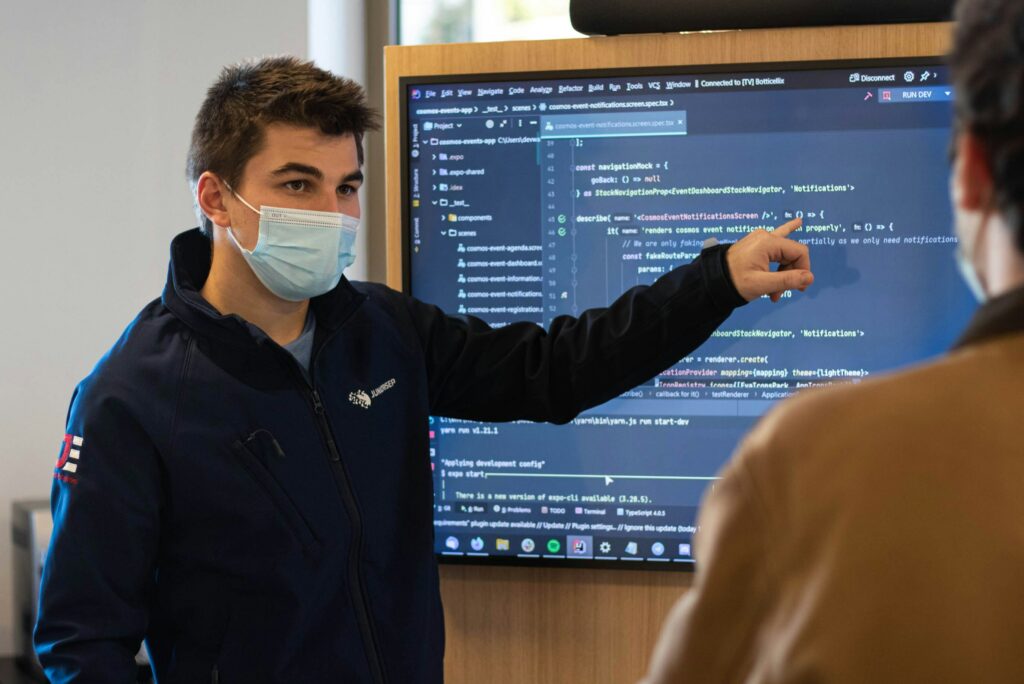There are many reasons to discourage students from using AI to complete their assignments and schoolwork: questions about plagiarism, ethical concerns regarding creativity and the arts, students not learning for themselves… but my primary concern goes beyond personal implications to wider consequences of AI overuse. As soon as I became aware of generative AI, my first worry was environmental implications, and after doing a wide breadth of research, it seems I have reason to be concerned.

Photo credit: Solen Feyissa
According to Golestan Radwan, the Chief Digital Officer of the United Nations Environment Programme, “there is still much we don’t know about the environmental impact of AI but some of the data we do have is concerning.” Most large-scale AI deployments operate in data centres, and the electronics they have create a significant amount of electronic waste, such as lead and mercury, and require staggering amounts of power to use. In addition, the water usage required for cooling the systems drains a significant resource from our already struggling planet. Furthermore, “the number of data centres has surged to 8 million from 500,000 in 2012, and experts expect the technology’s demands on the planet to keep growing” (UNEP, 2024).

Photo credit: Mr. Bochelly
Teachers strive to prepare students for the challenges of the modern world, and AI has become a transformative force, reshaping industries, communication, and problem-solving. It’s crucial to educate students not only about the positive potentials of AI but also about its implications for our planet. Educating students about the environmental impact of AI aligns with a broader mission of fostering responsible global citizens. Today’s learners are tomorrow’s innovators, policymakers, and consumers. By giving them the tools to understand and address the unintended consequences of AI, we’re empowering them to create a sustainable future.

Photo credit: Kaboompics.com
It is my firm belief that teachers have a duty to their students, and the wider world, to be transparent about both the positive and negative effects of AI with their students. Especially with youth, who may not yet have figured out how to obtain research from reputable sources about the impact of their daily choices, the teacher can and should help students access important information about shifts in technology and the benefits and risks they may pose to the world.